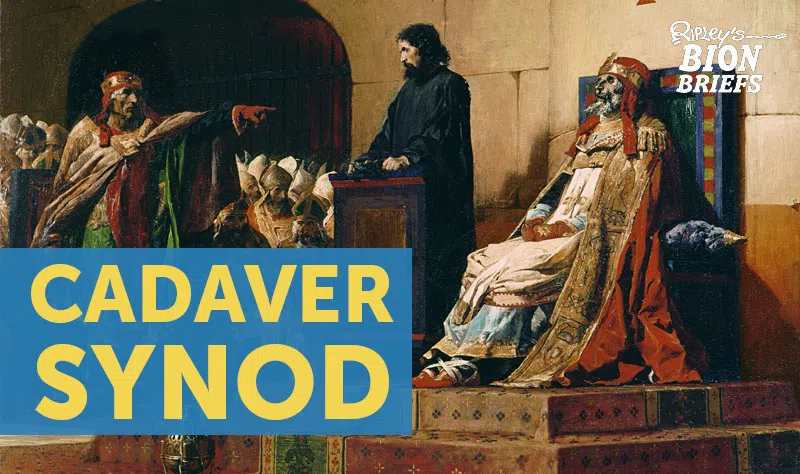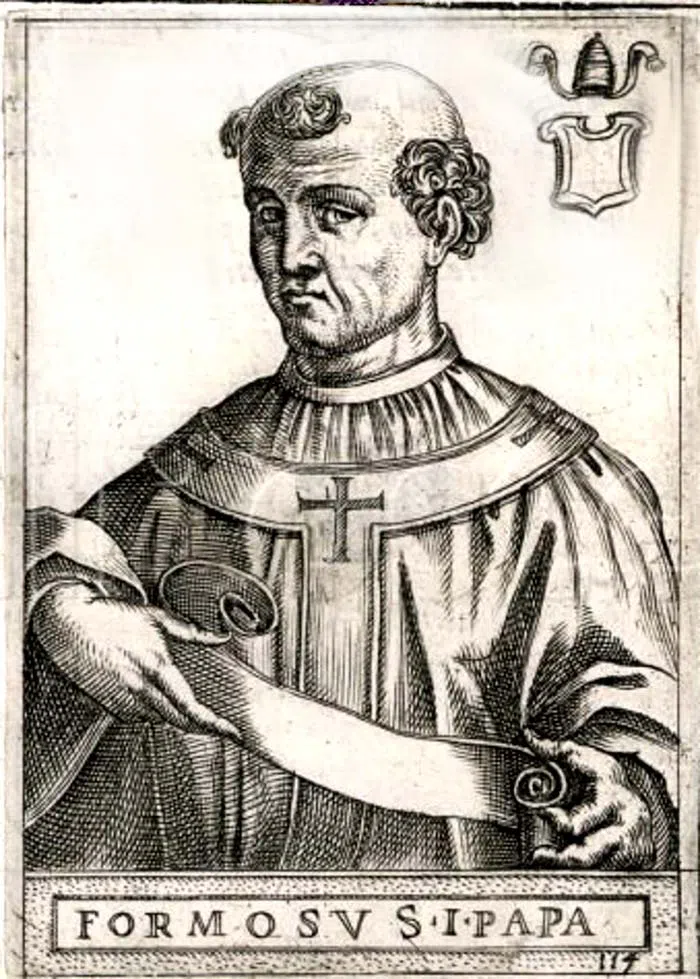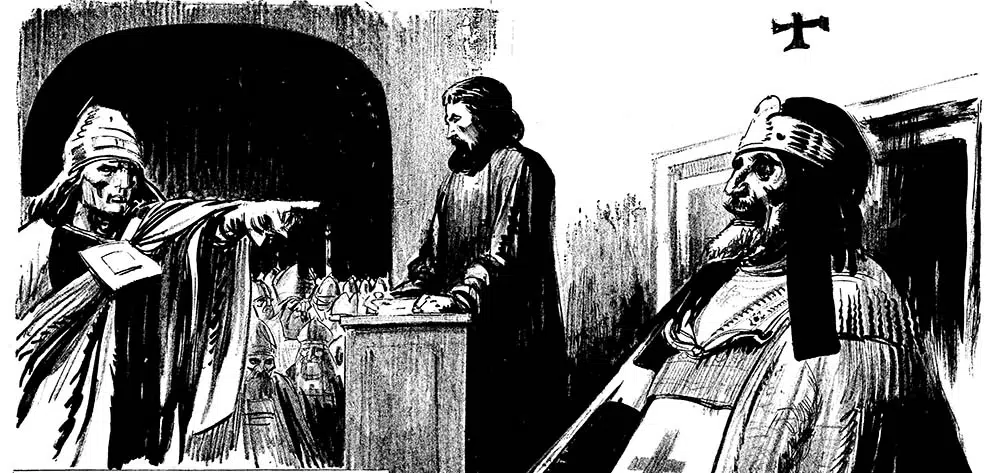Cadaver Synod: The Trial Of Pope Formosus’s Corpse
Featured in Ripley's Believe It or Not!

Cadaver Synod
Believe it or not, the Catholic Church was once so upset with one of its own Popes that they dug up his corpse and put him on trial. The case against the late Pope Formosus became known as the Cadaver Synod.




